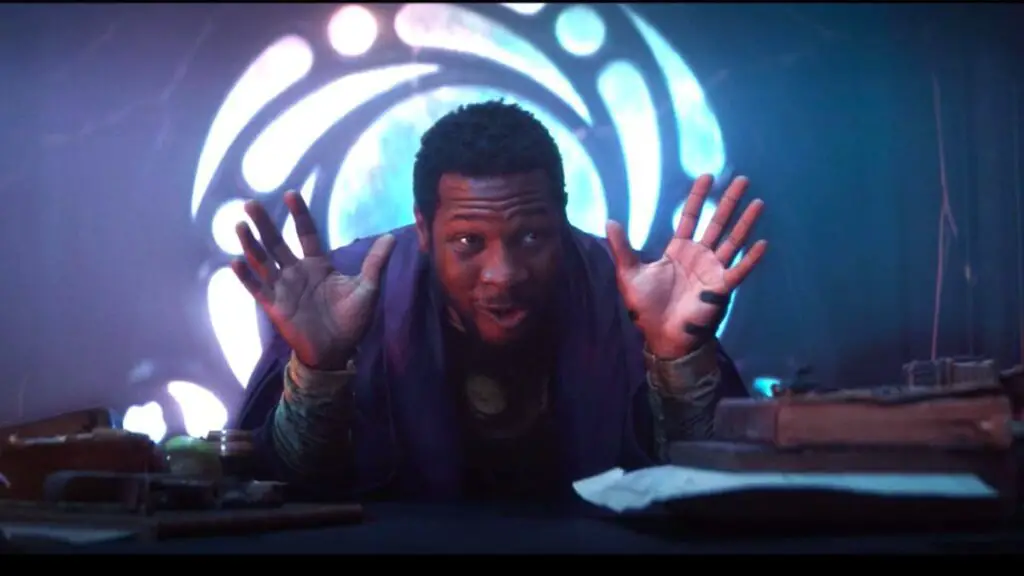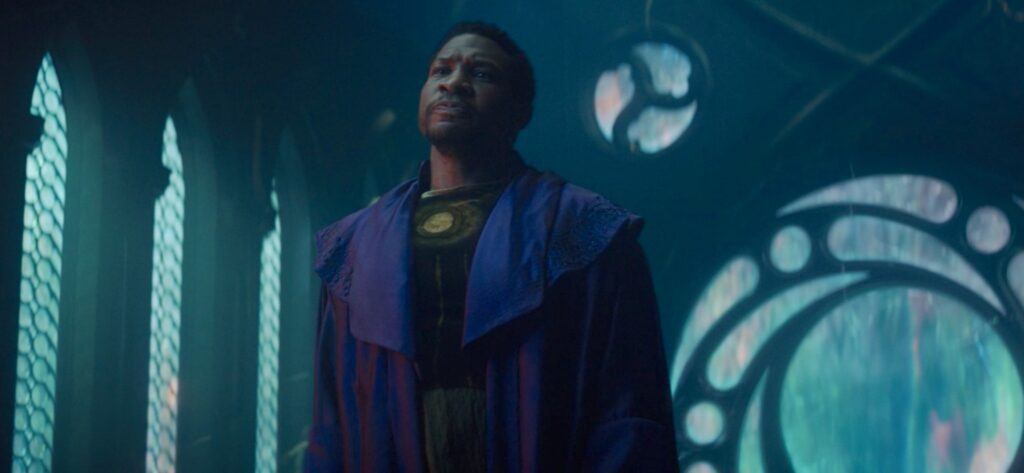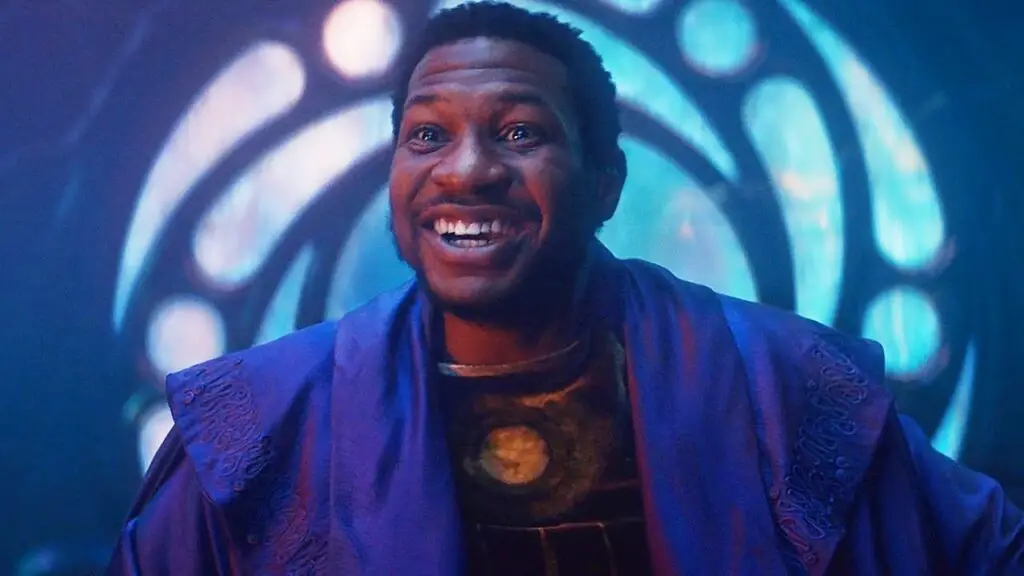Jonathan Majors made a captivating appearance as He Who Remains in the concluding episode of Loki’s first season. His portrayal was so profound that it unexpectedly overshadowed his next critical character in the Marvel Cinematic Universe (MCU), Kang the Conqueror. Phase 5 initiated with the release of Ant-Man and the Wasp: Quantumania (2023). This sequel, while not the weakest in the superhero category, spread itself too thin. It attempted to cater to Ant-Man’s legacy, introduce the Quantum Realm, and unveil the MCU’s next villain. However, thanks to Majors’ commendable performance, the movie nearly nailed its third objective.
A Familiar Marvel Face
Die-hard Marvel fans are already familiar with Majors’ talents from Disney+’s Loki. In the series finale, he brilliantly embodies He Who Remains, the mastermind behind the Time Variance Authority and the “Sacred Timeline”. His screen time might have been brief, yet his character’s influence lingers, propelling the MCU into a potential Kang Dynasty era. However, after the release of Loki’s second season, there’s a noticeable disparity: He Who Remains is far more intriguing than Kang.
Deciphering the Loki Villain’s Agenda

Kang, as portrayed in Ant-Man and the Wasp: Quantumania, appears one-dimensional, despite the multi-universe narrative. This isn’t a reflection on Majors’ acting, which remains impeccable. It’s more about Kang’s presentation. Presently, he seems to be just another ambitious villain aiming for global domination, albeit across multiple universes. This doesn’t feel innovative. In contrast, He Who Remains offers a clear, unique motive. After conquering a war of multiple versions of himself, he decided to simplify the universe into a single perfect timeline. Yet, when Loki and Sylvie confront him, he suggests they take the reins or face the terrifying prospects of a multiverse ruled by his deadliest variants.
The Overarching Villain Issue
The MCU occasionally stumbles with its villains, often portraying them as just purely evil. We’ve seen this with Malekith, Ronan the Accuser, and Kaecilius. Sadly, Kang seems to be following this overused route. In contrast, He Who Remains exudes a different energy. His casual demeanor, evidenced by his casual apple munching while unraveling the universe’s mysteries, gradually transforms into a manic presence. His truths are chilling, especially his revelation about the impending chaos Kang’s variants might bring.
Kang’s Bizarre Choice of Allies

Ant-Man and the Wasp: Quantumania reintroduced us to MODOK, played by Corey Stoll. While his comical appearance was a highlight, his role seemed out of place. Why would Kang opt for a barely functional mutant as his top assassin? Conversely, Alioth, introduced in Loki, has a more profound impact, being an entity that consumed variants throughout time. He Who Remains reveals that Alioth was key to his victory over other variants. Thus, Alioth might play a pivotal role in ending the Kang Dynasty, while MODOK’s comedic essence seems short-lived.
The Promise of More Kang Variants
As Quantumania teased in its post-credits scene, Kang isn’t the sole variant to resurface in the multiverse. Rama-Tut, Immortus, and Scarlet Centurion have also made their appearance. Jonathan Majors once again steals the show, portraying each variant uniquely. These newer versions, with their peculiarities, appear more promising than Kang the Conqueror.
Conclusion
The introduction of Jonathan Majors in the MCU, firstly as He Who Remains and subsequently as Kang, has been a rollercoaster. While his debut role was captivating, the evolution of his character into Kang leaves room for improvement. With the unveiling of more variants, the future of the MCU seems intriguing, and fans will undoubtedly be on the edge of their seats awaiting the next twist.


